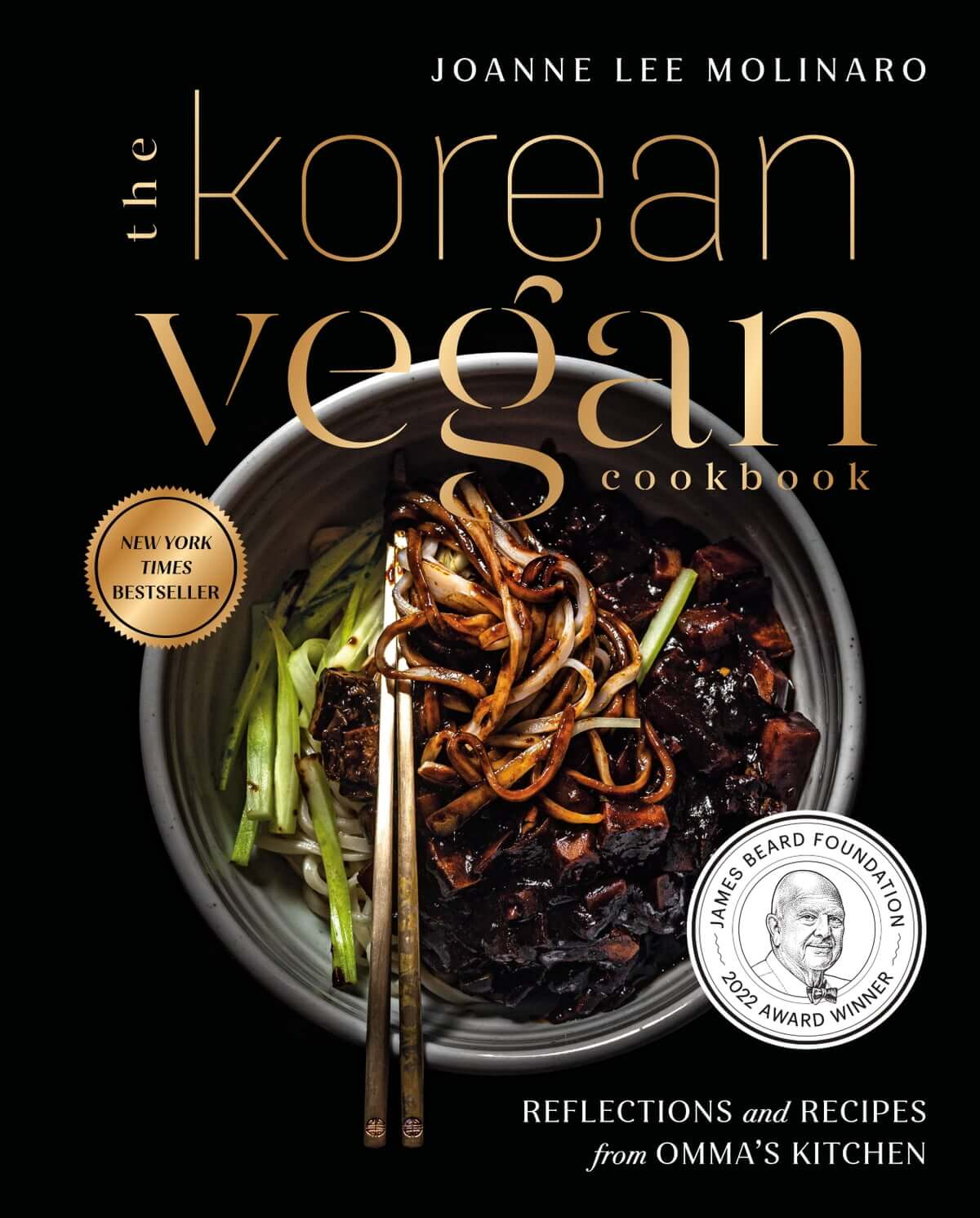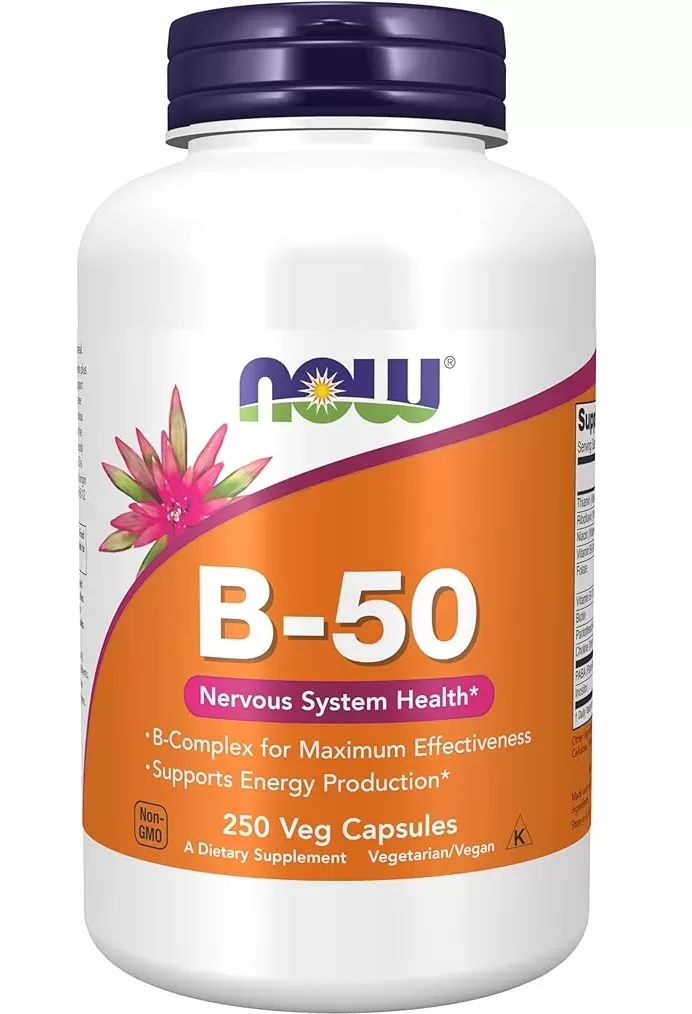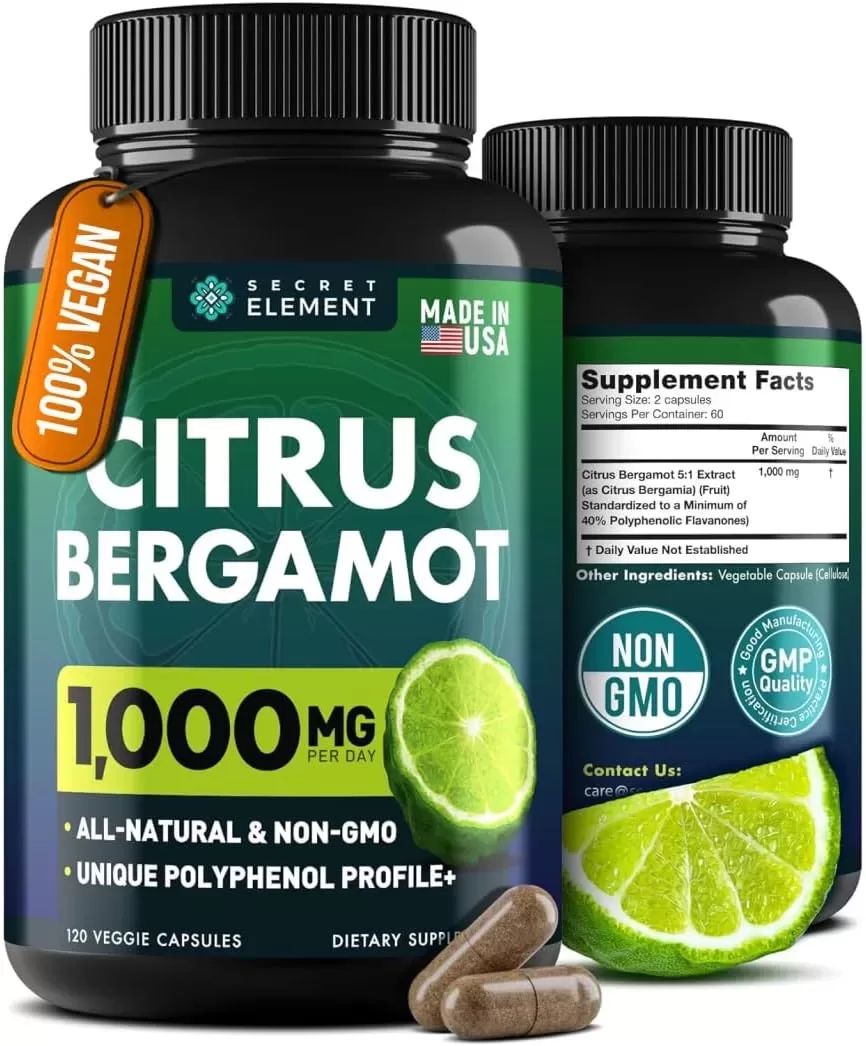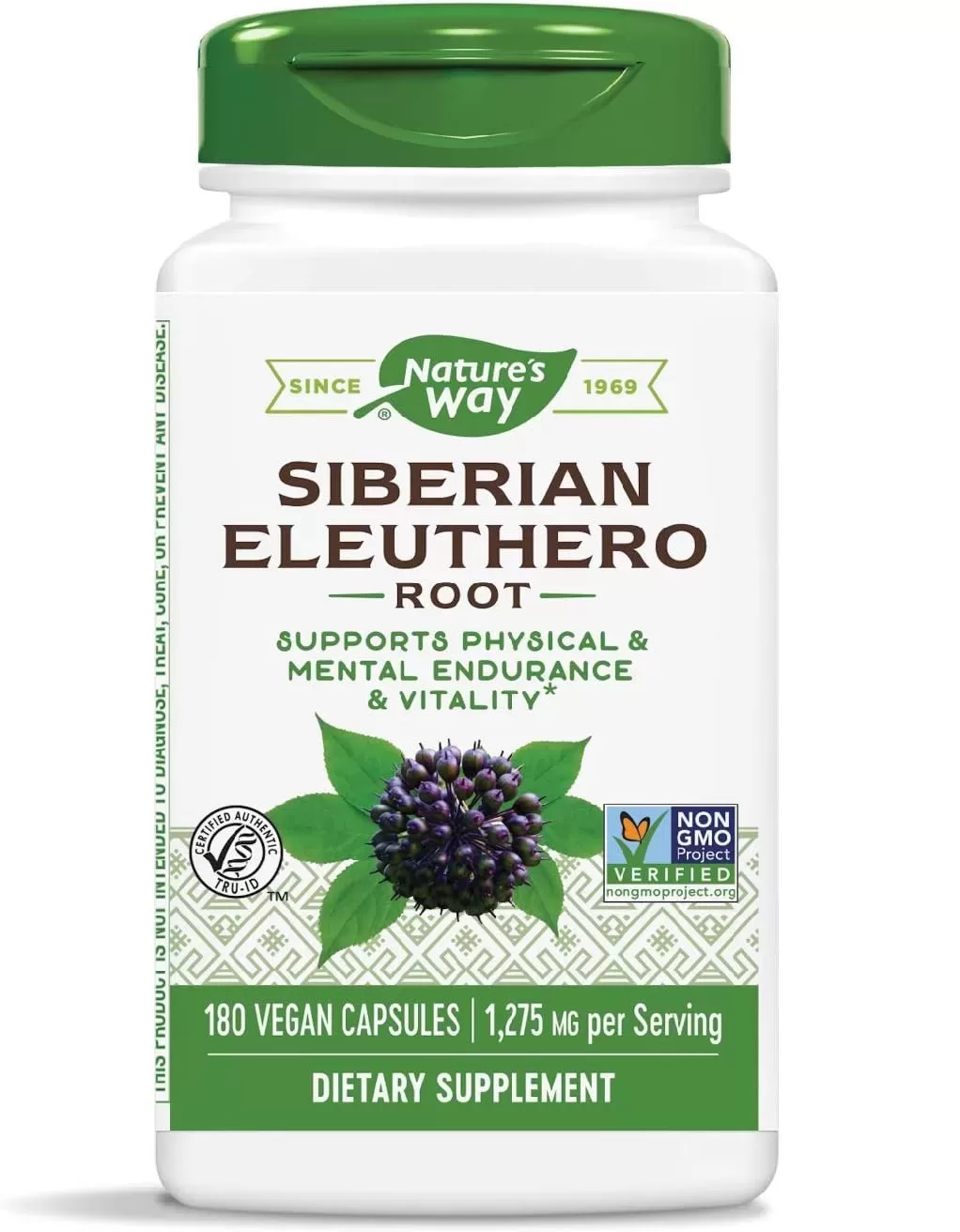Have jalapenos in the kitchen that turned red? This article will give you ideas on what to do.
When your jalapeno peppers turn red, you can turn them into pickles, roast them to make an awesome sauce, and add them to salads, salsa, or even pasta. They are sweeter and a little spicier than green jalapenos, which is perfect if you like something sweet and spicy!
Can you stop them from turning red, if not how can you make the most out of them? Read on to find out!
Why Have My Jalapenos Turned Red?
Jalapenos are arguably the most popular chili peppers. Most of the time, they are harvested while they are still green.
Jalapenos turn red while they’re still on the vine because they are maturing or have already matured. Red jalapenos are ripe ones (source: Pepper Scale).
Red chili peppers, like red jalapenos, contain carotenoids which are responsible for the red hue that these peppers turn into when ripening. But this is not the main function of carotenoids (source: International Journal of Molecular Sciences).
Jalapenos can still turn red and ripen even after picking. According to New Mexico State University, fresh chilis will keep on respiring, producing ethylene, and changing color as they mature and ripen, even after taking them off the plant (source: New Mexico State University).
Peppers will continue to ripen after harvesting. So, if you have green jalapenos that have turned red, another reason in addition to the above, is that you stored them at room temperature. Storing them in cooler temperatures will slow the ripening (source: Aggie Horticulture).
Are Red Jalapenos Still Good to Eat or Are They Bad?
Red jalapenos are still good to eat. As far as flavor goes, red jalapenos are milder and sweeter.
If you like a sweet and spicy type of dish, red jalapenos would be best. If you are in the mood for a more pronounced flavor, go for the green ones (source: Kitsune Restaurant).
Not only are they good to eat, but they also pack a punch in the nutrients department. And because they are red, they contain a considerable amount of carotenoids.
Chili peppers are good sources of carotenoids and other antioxidants that can greatly benefit the body. In fact, the pigment or color of chili peppers can help manage chronic inflammation due to obesity.
Ripe chili peppers also have promising effects on certain diseases such as cancer and many others (source: Molecules).
Moreover, carotenoids are effective antioxidants not just helping to reduce the risk of cardiovascular diseases and cancer, but also loss of central vision in the eyes (source: International Journal of Molecular Sciences).
Have you ever wondered if jalapenos can be eaten raw? Are they actually good that way? I’ve put together a guide that precisely focuses on this topic. It explores the possibilities of enjoying raw jalapenos and whether they’re as good as we hope.
Are Red Jalapenos Hotter?
The more jalapenos get red on the vine, the more they get spicier or hotter. But while this is the case, red jalapenos are sweeter than green ones. So, we guess this is good compensation.
However, while red jalapenos are hotter than green jalapenos, they are still within the heat range of 2,500 to 8,000 Scoville Heat Units (SHU) (sources: National Institute of Standards and Technology US. Department of Commerce, Pepper Scale).
If you’re interested in discovering the heat levels of jalapenos and comparing them to other popular chilies, we’ve also covered that topic. You’ll gain valuable insights into how many jalapenos are equivalent to other popular chilies, enabling you to experiment and spice up your meals with confidence.
What to Do With Red Jalapenos: Some Ideas
Green jalapenos are less hot and spicy compared to red jalapenos. The former is less sweet too and has a fresher and crisper flavor. Because of these, using either in a recipe will make a difference.
Did you know? Sriracha hot sauce contains red jalapenos instead of green jalapenos.
Because green jalapenos taste fresh and crisp, they are the chili pepper of choice in salads, sandwiches, and other foods that have chilis as an ingredient. They pickle great too. (source: Pepper Scale).
If you enjoy juices and are interested in experimenting with green jalapenos, I recommend you to review my detailed guide on creating your own jalapeno juice. It provides step-by-step instructions for making the juice and delves into the potential health benefits and considerations.
But just because green jalapenos are excellent to pickle and add to sandwiches or salads, doesn’t mean red jalapenos won’t do just as well.
Red jalapeno peppers can also be pickled. You can cut them into small pieces, bite-sized pieces, halved, or whole. They will taste great because everything pickled is delicious!

Red jalapeno peppers can also be added to salsa if you prefer your salsa sweeter and hotter. Another thing you can do is roast them and turn them into your very own hot sauce!
To make your hot sauce, just roast your red jalapenos and add tomatoes, garlic, vinegar, and add salt, and freshly crushed black pepper to taste. Check out this recipe.
And speaking of roasted red jalapenos, you can add them to any of your roasted dishes or main courses to add a hint of sweetness and an extra kick. You can do the same thing to your salads!
Share your new dishes or sauce with family and friends, or refrigerate them if you’re not yet ready to turn them into your masterpiece.
What Are Red Jalapenos Called? Do They Have a Special Name?
Red jalapenos can be called a different name. A large and red variety of jalapeno from Oaxaca, Puebla, and the central valley in Mexico is called “Huachinango”. This chili pepper is named from a bright red snapper fish with the same name.
This chili pepper can grow up to 5 inches and has unique white veins on the exterior. It has thick meat and moderate heat. A dried version of this chili pepper is called a “Chipotle Grande” (source: Gourmet Sleuth).
There’s no need to worry about your jalapeno peppers turning red because you can turn them into a hot sauce, pickle, and more! Hope this helps!














Comments are closed.